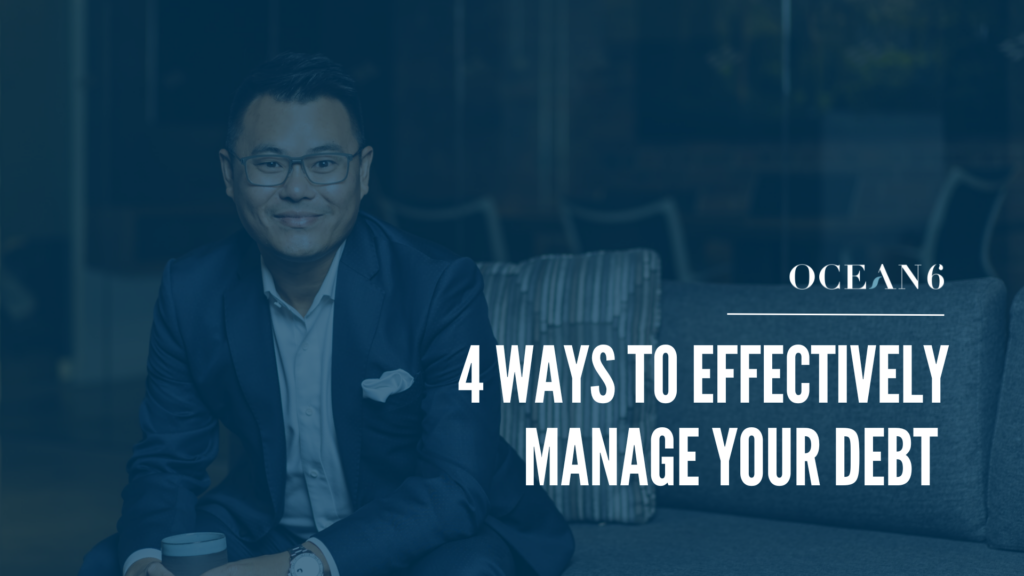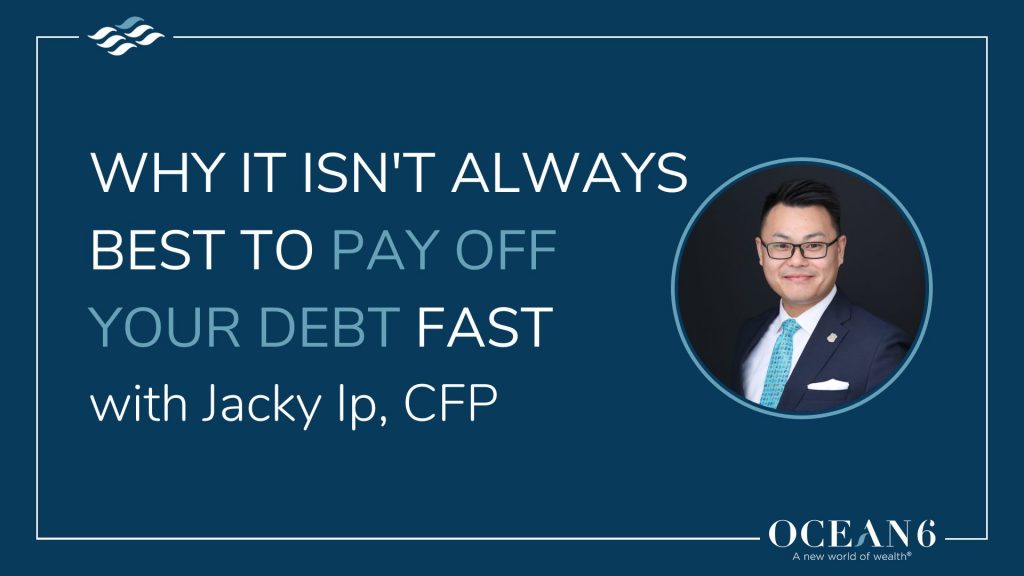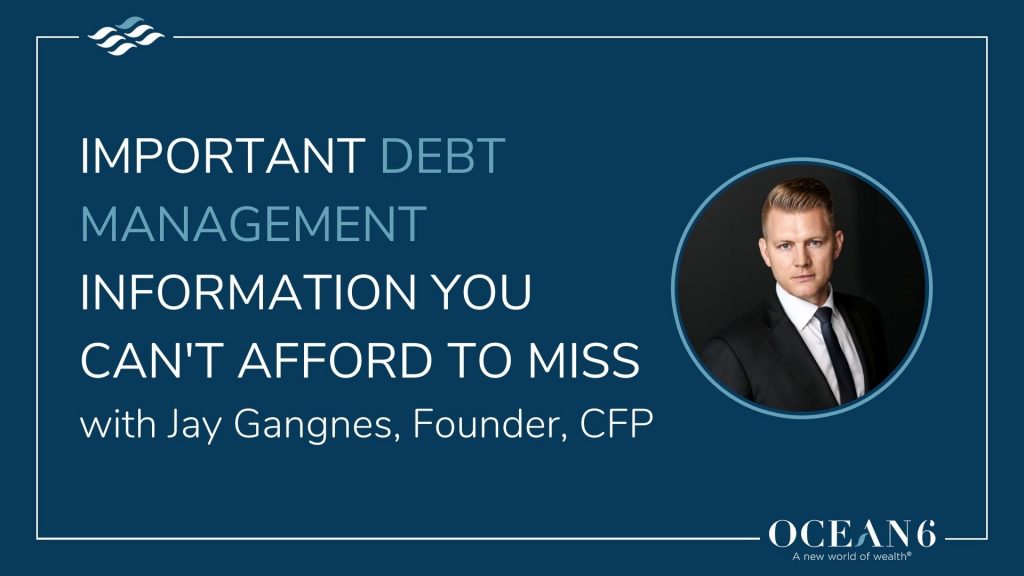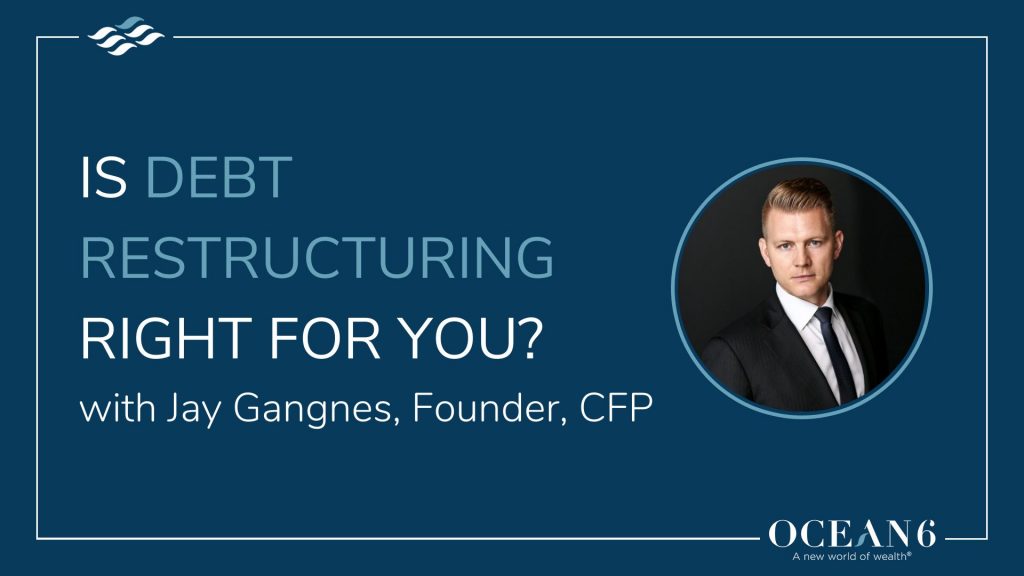Mortgages and home equity lines of credit (HELOC) are great financial tools that make owning a home easier, but are you using these two tools efficiently together?
In this blog, we will delve into what a mortgage versus HELOC offers and how business owneras can use them efficiently to save on interest and pay less tax.
How is a Mortgage and Home Equity Line of Credit Different?
If you’ve bought a home with borrowed money, you’re likely familiar with a mortgage.
A mortgage is a long-duration loan secured by a property, typically taking 25 or 30 years to pay off. Every payment requires you to pay part of the principal amount and all the accumulated interest.
A mortgage can be a variable or fixed rate. This simply means you can choose if the interest rate of the mortgage varies based on the Prime Rate or if it’s fixed and locked in. The interest rate on a mortgage is often lower than on a HELOC with predictable monthly payments.
(Debt is an innovative tool for wealth creation. If you’re not using debt to your advantage, you’re missing out. Learn how to use debt to your advantage)
What is a Home Equity Line of Credit?
A HELOC works as a revolving line of credit and uses your home’s equity as collateral. Home equity is the difference between your home’s value and the outstanding amount of your mortgage and other loans.
You can think of a HELOC like a credit card. You have a limit, which is your loan amount, and you can use all or none of it. If you use any of it, you must pay the interest calculated based on the daily balance of your HELOC.
The Benefits and Risks of a Home Equity Line of Credit
1. Interest rate
- Benefits: A HELOC has interest-only payments. It allows you to pay the least amount of money for your debts since you are only required to pay the interest, whereas a mortgage requires you to pay the interest and the principal. In other words, you don’t have to pay down the balance if you don’t want to.
- Risks: HELOCs are always variable, and they typically start with the Prime Rate plus a premium of 0.5-1%. With the recent interest rate increases, you may have noticed your HELOC interest payments increasing.
2. Debt structure and load
- Benefits: Since a HELOC is a revolving line of credit, you can immediately borrow back the principal amount you pay down, which can be useful as emergency funds or to cover unexpected expenses. This frees up the money in your savings account for proper long-term investments. When you have money sitting in a savings account, it doesn’t earn much interest. If emergencies happen, you can use your money from the HELOC, and then liquidate the investment to pay off the HELOC balance.
- Risks: The nature of a revolving line of credit can also be risky. Since there’s no requirement to pay off the principal payment each month, you can be caught in a situation where you continue to increase your debt load and can feel a cashflow pinch if it is mismanaged.
How to Use a Mortgage and Home Equity Line of Credit Together?
To properly maximize the benefit of a mortgage and HELOC, you’ll want to use them together.
Mortgages typically can borrow up to 80% of the home’s value, but with the added risks of a HELOC, your debt structure becomes 65% as a HELOC and 15% as the traditional mortgage. This means you have a HELOC for $650,000 and a traditional mortgage of $150,000 on a $1,000,000 home.
The $650,000 HELOC has two parts. First, it acts as a traditional mortgage with an installment portion, meaning, just like a mortgage, the installment portion requires principal and interest payments. The interest rates of the installment portion can be variable or fixed.
The principal amount on the installment portion you pay off each month will be available immediately in the HELOC again, but this time as interest-only payments. Once you have this setup, you can take the cash sitting in your account and pay down the installment portion of the HELOC. There’s no need to keep money in your savings account anymore because it earns low interest and is taxable. You now have the least amount of debt owing, and so you’re saving on interest payments and not needing to pay interest income on your savings account as well.
Think of it this way: when you have an outstanding mortgage and a savings account, you’re essentially paying interest to the banks to have access to your own cash.
(Paying off your debt fast may not always be the best idea. Here’s a list of which debts you should prioritize paying off first)
Optimizing Your Debt With a HELOC for Business Owners
By optimizing your debt with a HELOC, you can make your money work for you. This is how it works: first, pay down your HELOC with all your income each month, and when bills and expenses are due throughout the month, use your HELOC’s revolving portion to pay those bills and expenses. Repeat this process each month.
As long as your expenses are less than your income, you are always owing the least amount of debt you possibly can, and that will save you interest. With less interest, you also pay less income taxes as a business owner because you don’t need to pay yourself as much each month. It may only be a slight difference initially, but it will add up over time.
Another great way to save on income tax is to use the HELOC as an alternative form of income near the year-end. Let’s use an example. December is one of those months where we tend to spend more money on vacations, gifts, and entertainment. If you’ve got a sizable income for the year, why not defer the income to the month of January?
For December, you cover your spending with the HELOC and take out the income from the business to pay off the HELOC balance in January. This helps keep your tax bracket lower than just taking the money out of the company and paying the higher personal income taxes.
(Are you using your corporation to invest and save tax? Here are five strategies to maximize your investments using the power of your corporation)
Watch the video on this topic
HELOCs are great when properly used, but they can also be a big spending trap when you get disorganized. Book a call to discuss how to optimize your debt and money so you are winning and not the banks.












